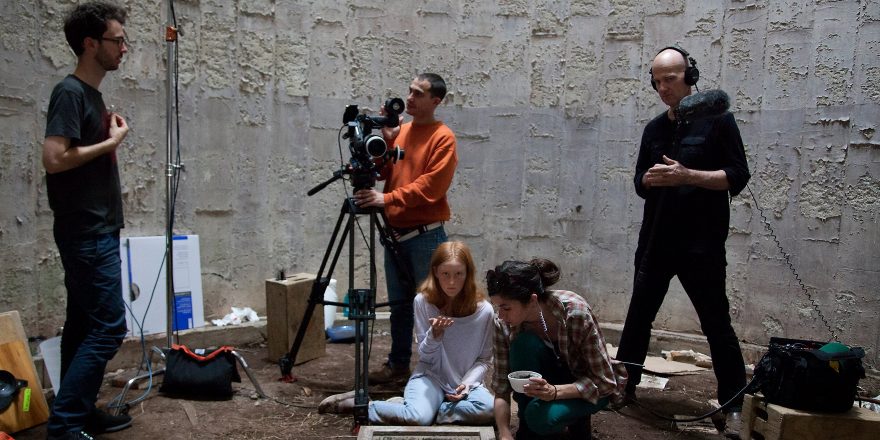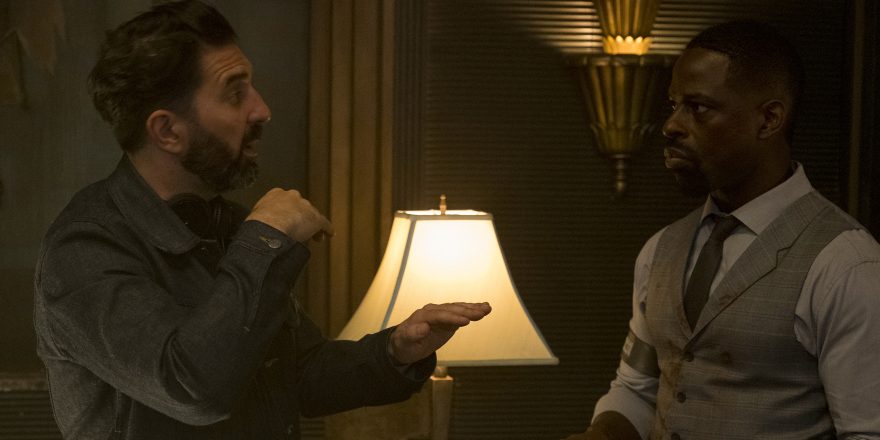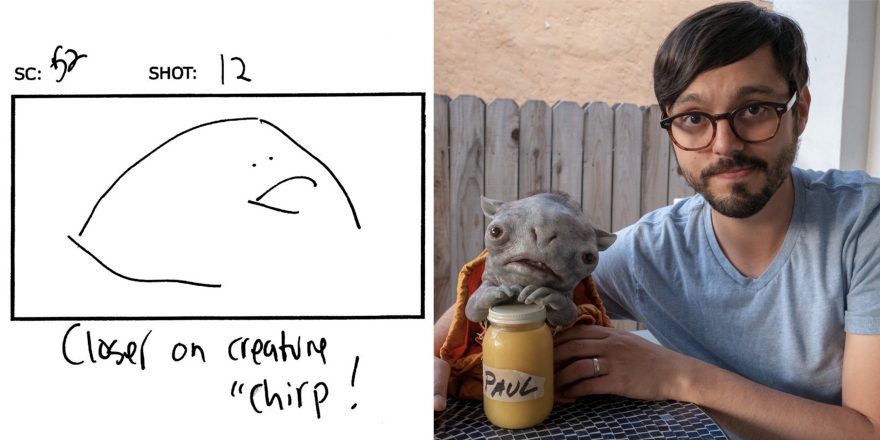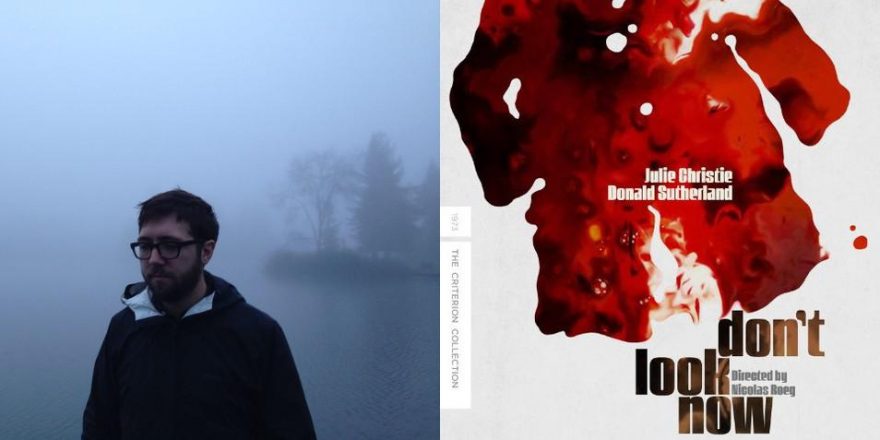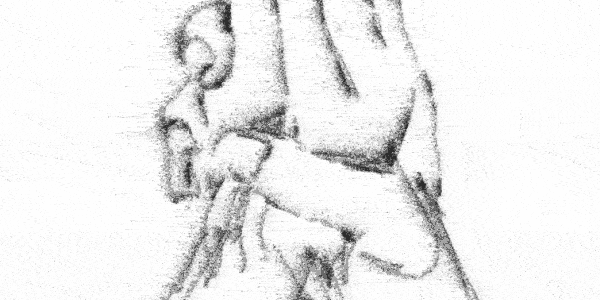I have been stealing all my life. I’ve stolen from filmmakers, photographers, musicians, people on the street – even from my own family. “Thou shalt not steal” does not apply to me, I tell myself.
In this piece, I’ll write about (and show) a number of thefts from my feature My First Kiss and the People Involved. The film is told from the perspective of its main character, Sam, a withdrawn young woman who lives in a group home and whose only friend goes missing in more-than-suspicious circumstances.
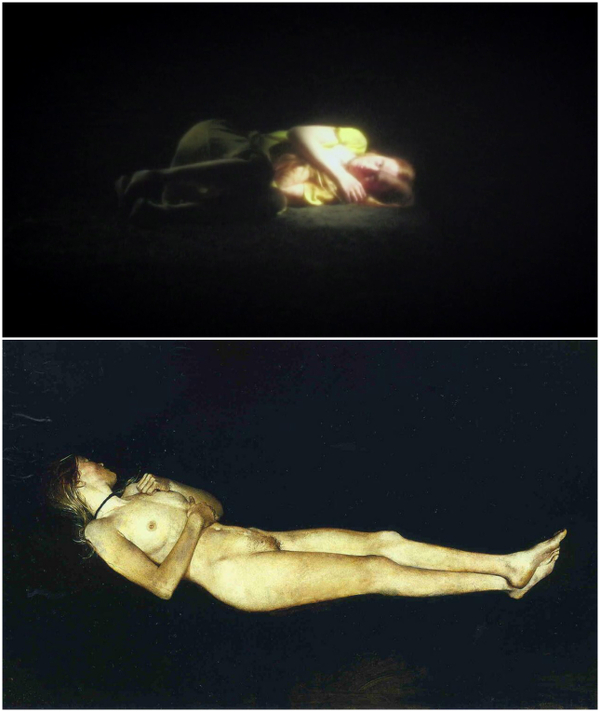
Andrew Wyeth
When the din of the world becomes too loud, Sam hides in the dark space underneath the front porch. Andrew Wyeth’s Black Velvet gave me permission to turn an objective space into a subjective one. Sam glows. The void is a black buffer between her and life. From outside, voices call her, but she is far away. Ground control to Major Tom. How elegant of Wyeth to give this inner portrait a title that reveals the reality behind it. He keeps the viewer balancing between the magic and the trick. For this scene, I didn’t use velvet, but I did film the exterior of the porch on location and the interior in a dark studio.
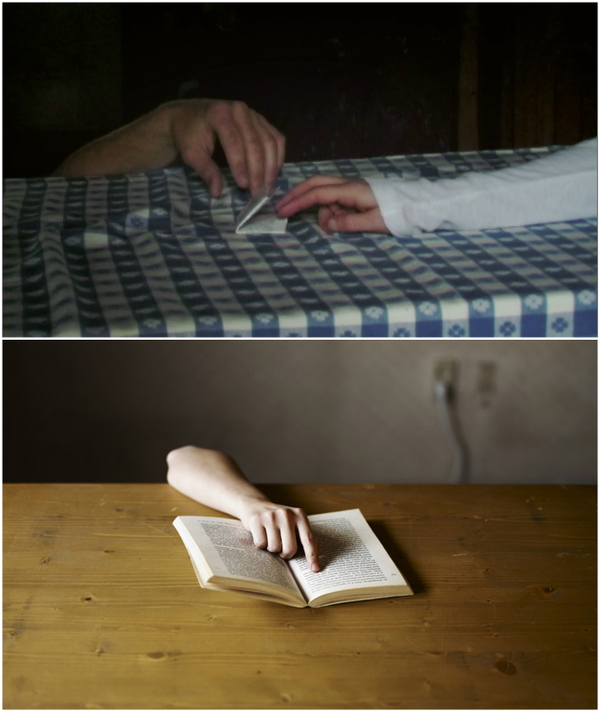
Heeseung Chung
Sam’s interactions with her love interest, Junior, are mostly silent, but their gestures speak louder than words. In an early scene, Junior hands Sam a love note. I had initially written the moment in a straightforward way: the two of them sit at a table and Junior passes her the note under the table. Until, that is, I saw Heeseung Cheung’s eerie photograph. It was perfect. I placed Junior under the table, and all his desire – all of himself – concentrates into that one disembodied limb.
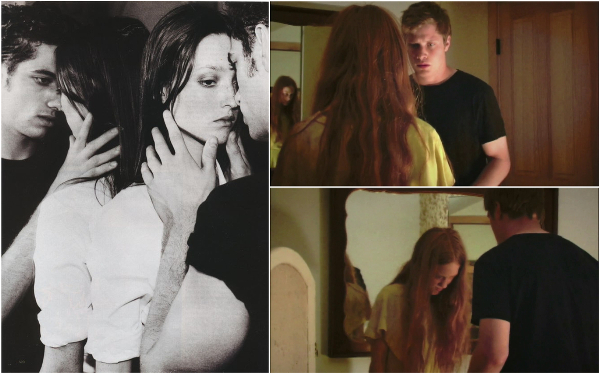
Terry Richardson
Stealing from photographs for a film can go in one of two ways.
1) The photograph inspires one of the moments of the scene, a dot on the timeline, as in the case of Heeseung Cheung’s hand. This option places the photographed moment between an imagined before and after.
2) The photograph expands and becomes a whole scene, as in the case of Terry Richardson’s photo of a woman looking away as she is held against a mirror. I find it quite violent. In My First Kiss, I built on this static image and it became a chase, a dance in which fear plays an important part. This option elaborates on the photographed moment and stretches it in time.
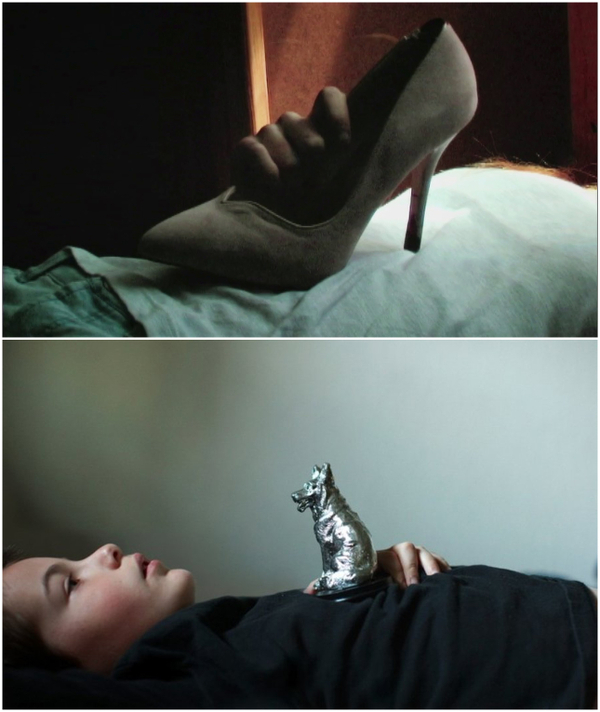
Timothy Archibald
My First Kiss centers on a young woman who might be on the autism spectrum. Timothy Archibald’s series centers on his son, who is on the autism spectrum. But I didn’t know about this parallel when I first stumbled across his photographs. It was only later that I realized why his portraits fit my main character so well. I don’t know what Archibald’s son was thinking in this particular moment, but I do know that the dog statuette must have been rising and falling with his breathing. So does the shoe on Sam’s stomach. It belongs to her only friend, who has disappeared.
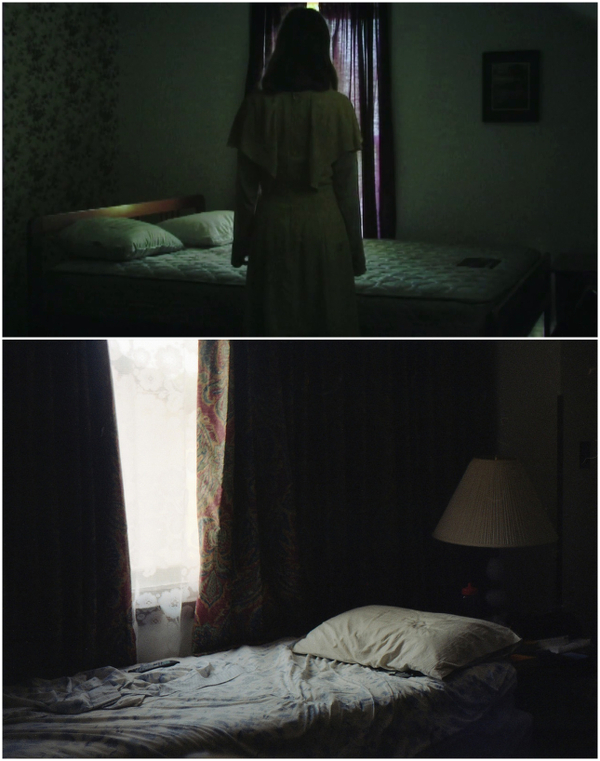
Dorota Wo
It takes a sensitive eye to photograph a ghost. In this picture, Dorota Wo manages to capture the most elusive of subjects: absence. When Sam’s friend goes missing, she looks for her, but finds an empty room and a stripped down bed on which her aura still lingers.
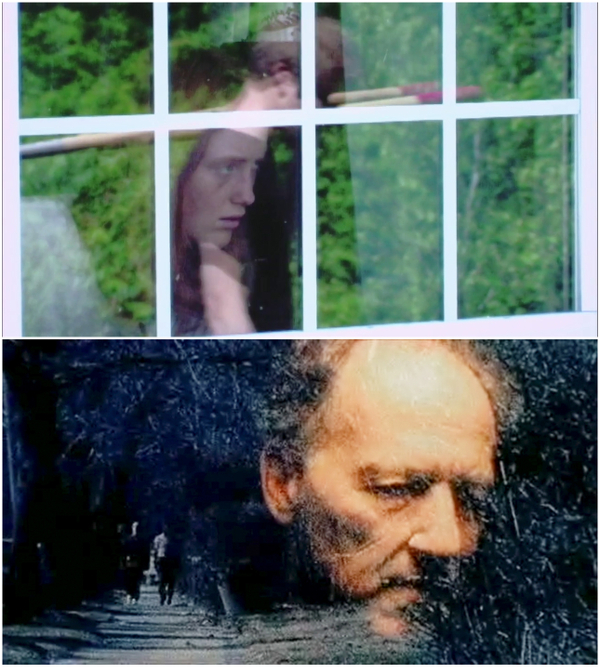
Harmony Korine
Harmony Korine’s films were a reference for the texture of My First Kiss. The way in which he and cinematographer Anthony Dod Mantle use MiniDV cameras is electrifying. Look at Julien Donkey-Boy. It’s raw and painterly and it will mess you up. In this particular shot, Werner Herzog’s domineering face floats over the existence of his son, dwarfing it. (Maybe Korine stole it from The Lion King).
In my film, I steered away from shot-and-reverse-shot grammar as much as possible, because it didn’t belong to the main character’s way of experiencing the world. On a practical level, the reflection in the window allowed me to stay on Sam’s face even as we see what she is looking at, while on an emotional level it feels less like an objective gaze and more like thought passing through her mind. The one thing I will always want to steal from Korine is his approach to making art. He gives himself permission to go all the way, because there is no other way. As people often say in Trash Humpers: “Make it, don’t fake it!”
As I was saying, “Thou shalt not steal” does not apply to me – as long as I do the deed with respect and precision. And if I am guilty, then these artists must share the guilt with me, because their images called out to me.



